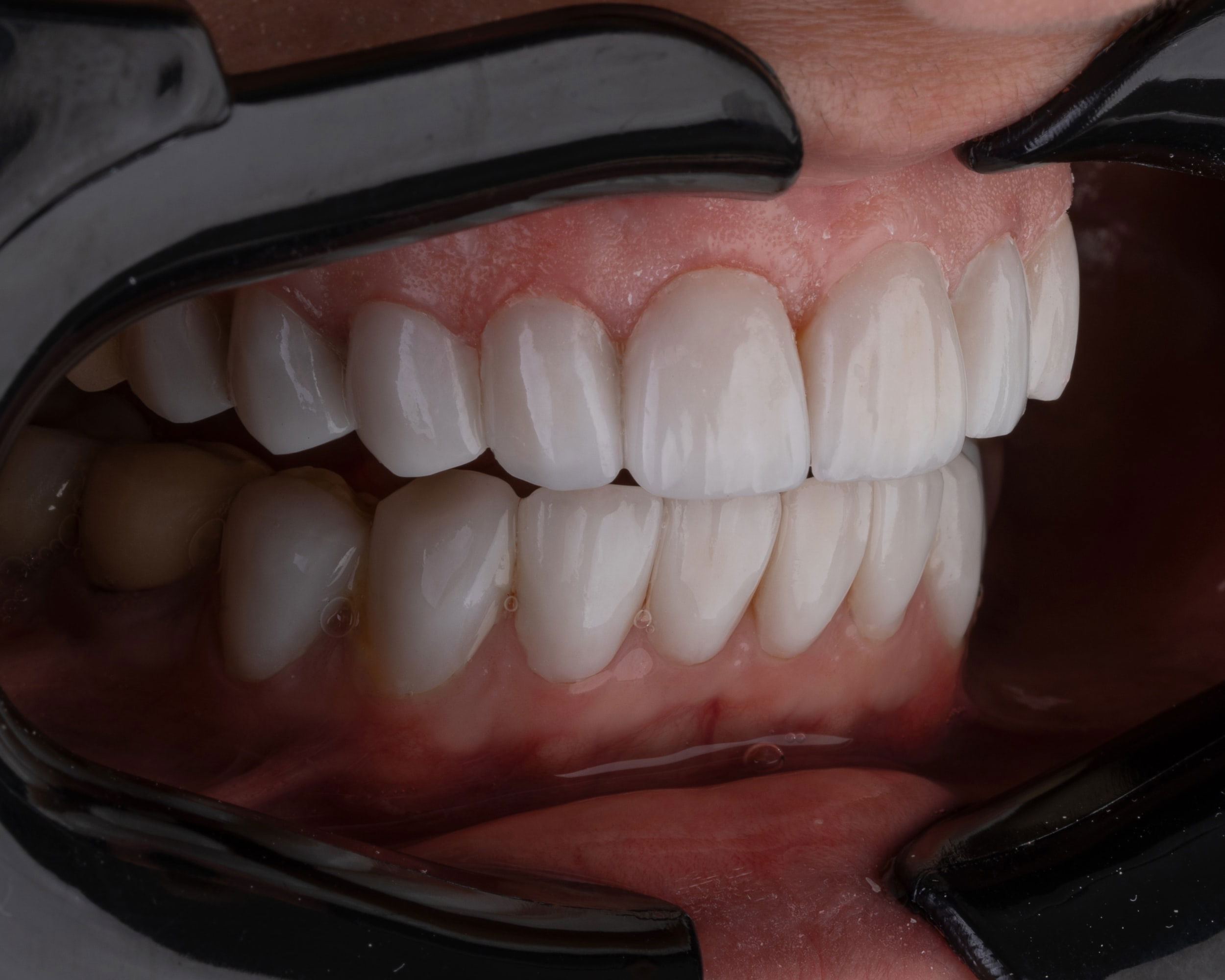Introduction to Repairing Fractured Teeth
Teeth are remarkably strong, but they can chip, crack or break due to various reasons such as biting down on something hard, trauma, cavities that weaken the tooth, or large, old amalgam fillings that don't support the remaining enamel of the tooth. This article delves into the different options and procedures available for repairing fractured teeth. Knowing what to expect and the sequence of steps involved can help alleviate anxiety and prepare individuals for their dental visits.

Assessment and Diagnosis
The first step towards repairing a fractured tooth is a thorough examination by a dentist. This may include:
- Visual examination of the affected area.
- Use of a dental explorer to check for cracks.
- Dental X-rays to evaluate the extent of the damage.
- Possibly a pulp vitality test to determine if the fracture has reached the tooth's pulp.
After diagnosis, the dentist will discuss the options for repairing the tooth based on the severity of the fracture.
Types of Tooth Fractures
Tooth fractures can range from minor chips to severe fractures that reach the root of the tooth. Some common types of fractures include:
- Craze Lines: These are tiny cracks that affect only the outer enamel and usually don't need treatment.
- Chips: Minor chipping can often be repaired with filling material or left alone if they're not cosmetically bothersome.
- Cracked Tooth: This type of crack extends from the chewing surface of the tooth vertically towards the root. Early diagnosis is crucial for saving a cracked tooth.
- Split Tooth: This is usually the result of an untreated cracked tooth, where the tooth is split into two distinct parts that can seldom be saved intact.
- Vertical Root Fracture: These cracks begin in the root and move upwards. They often show minimal symptoms and are thus challenging to identify.
Options and Procedures for Repairing Fractured Teeth
The treatment of a fractured tooth depends on the type of fracture and its severity. Here are some options and procedures:
Dental Filling or Bonding
- For small chips, a dental filling or bonding can be a quick fix.
- The dentist will etch the tooth with an acid gel to make the surface rough.
- Then, they apply an adhesive followed by a tooth-colored resin.
- The resin is shaped to look like a natural tooth and then hardened with an ultraviolet light.
- Finally, it's polished to match the sheen of the rest of the tooth surface.
Dental Cap or Crown
- If a large piece of tooth breaks off or there is a significant amount of decay, a crown, or cap, might be recommended to cover and protect the tooth.
- This process usually requires two visits: one to prepare the tooth and a second to fit the permanent crown.
- The tooth is filed down and then an impression is made to custom-fit the crown.
- A temporary crown is placed while the permanent crown is made.
- On the second visit, the permanent crown is cemented into place.
Root Canal Therapy
- If the crack extends into the pulp, the tooth may need a root canal.
- During a root canal procedure, the damaged pulp is removed, and the inside of the tooth is cleaned and sealed.
- Afterward, the tooth is restored with a crown or filling for protection.
Dental Veneers
- A dental veneer is a thin shell of porcelain or composite material that's placed over the front surface of the tooth.
- Veneers can mask a variety of dental imperfections, including chips and cracks.
- To prepare for a veneer, the dentist will remove a small amount of tooth enamel.
- An impression is taken, and a shade of porcelain is selected that closely matches your natural teeth.
- The veneer is then custom-made in a dental lab and bonded to the tooth on a second visit.
Tooth Extraction and Replacement
- In severe cases where the tooth cannot be saved, extraction may be the only option.
- After tooth removal, several replacement options can be considered, including bridges, dental implants, or dentures.
Emergency Procedures for a Fractured Tooth
In case of a dental emergency, here are immediate steps that should be taken before seeing a dentist:
- Rinse the mouth with warm water.
- Apply pressure with a piece of gauze to any bleeding areas.
- Use a cold compress on the cheek or lips over the broken tooth to reduce swelling and relieve pain.
- Save any broken tooth pieces that you can find.
- Seek professional dental care as soon as possible.
Recovery and Aftercare
- Follow your dentist's instructions for care after each procedure, as aftercare will differ depending on the type of repair.
- Avoid biting on hard foods with the repaired tooth to prevent further damage.
- Maintain good oral hygiene by brushing and flossing regularly.
- Attend regular dental check-ups to ensure the longevity of your dental repair.

Conclusion
Fractured teeth can cause discomfort and lead to more significant oral health issues if not treated promptly. With advancements in dental technology, there are now various options available to restore the function and appearance of damaged teeth. From simple bonding to a full crown or root canal therapy, understanding the process and sequence of each procedure can help patients feel more comfortable and ensure they get the appropriate care. Always consult with a professional dentist to decide the most suitable option for your specific situation.